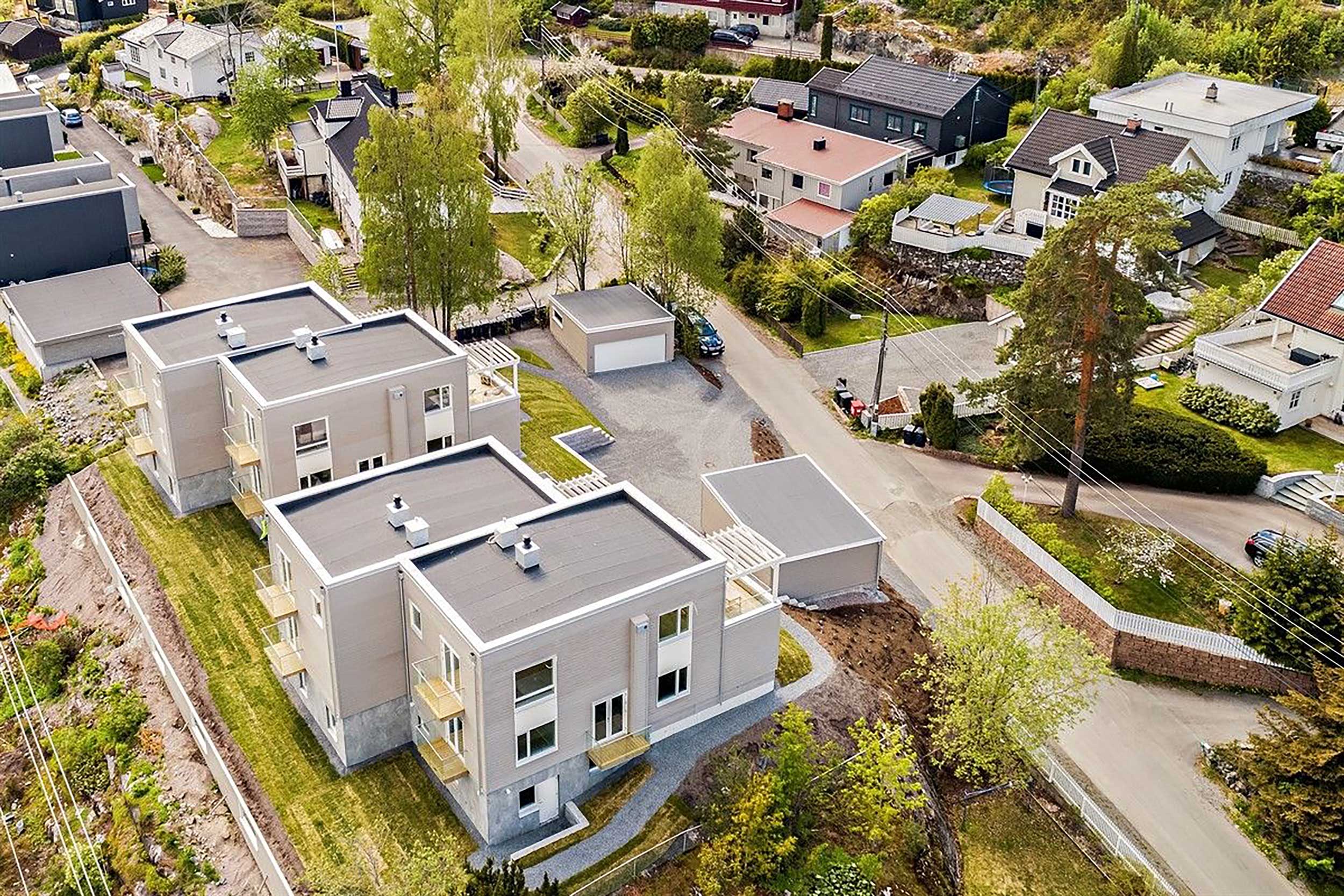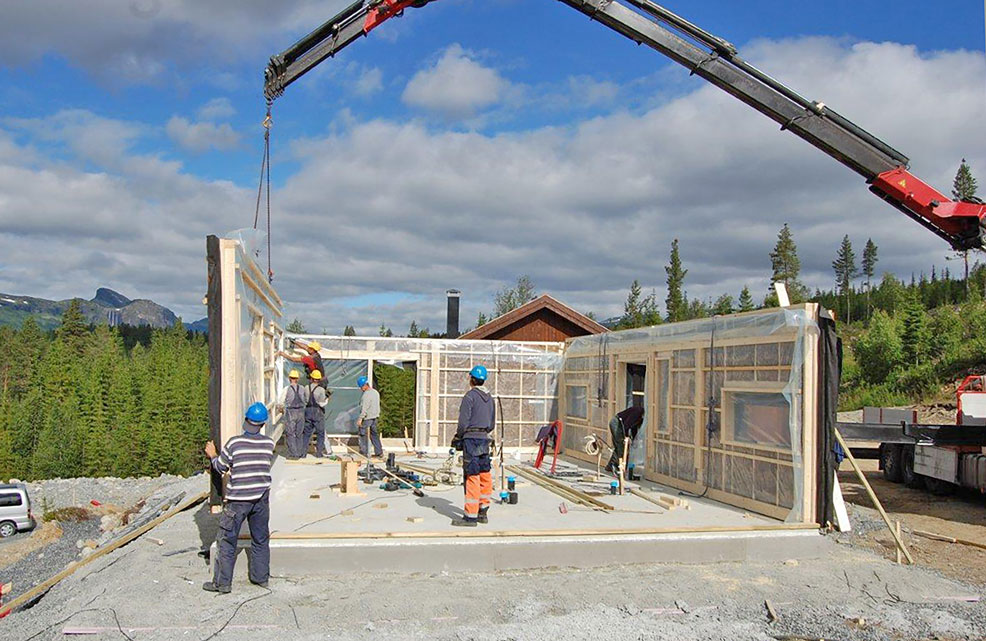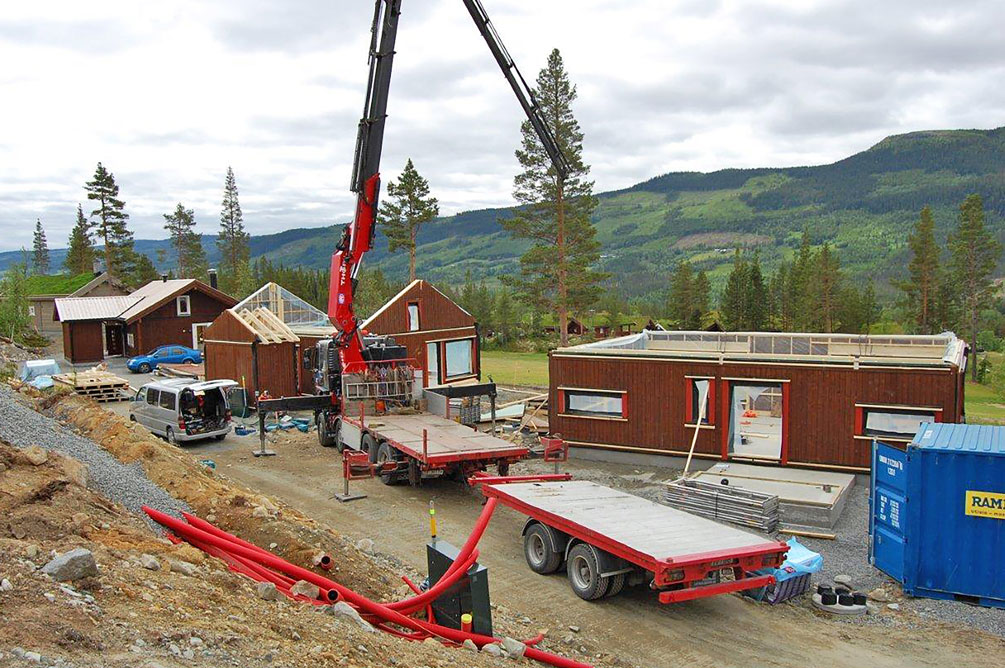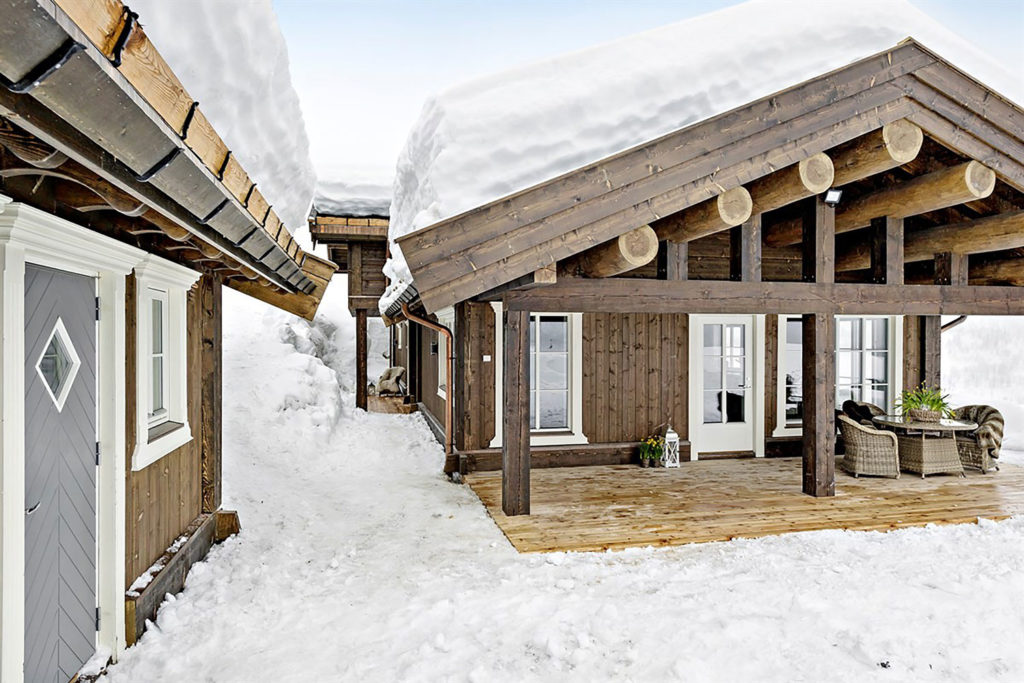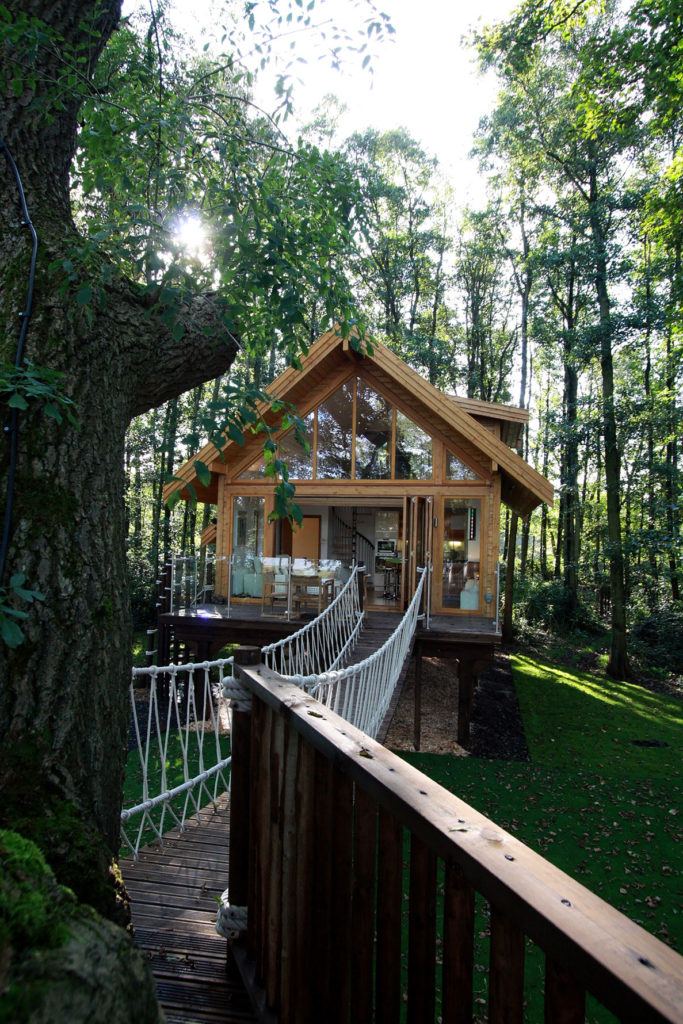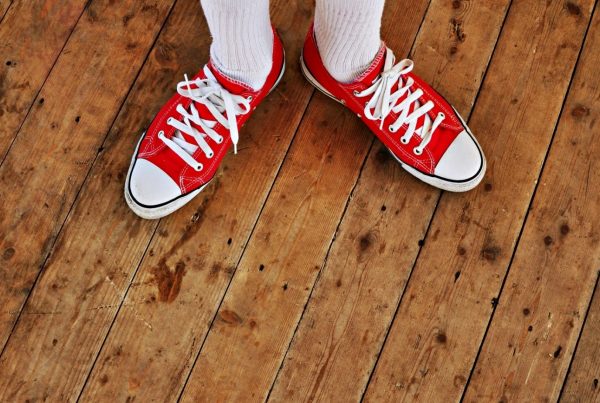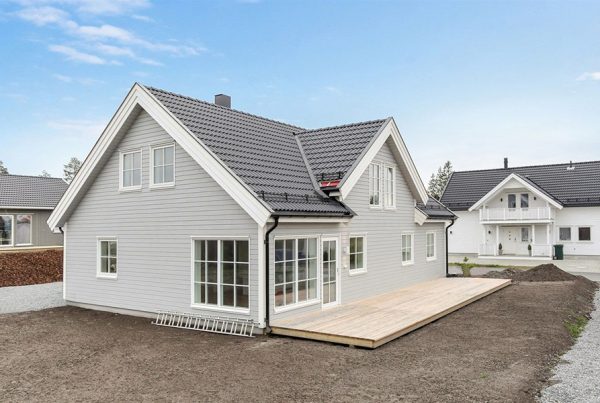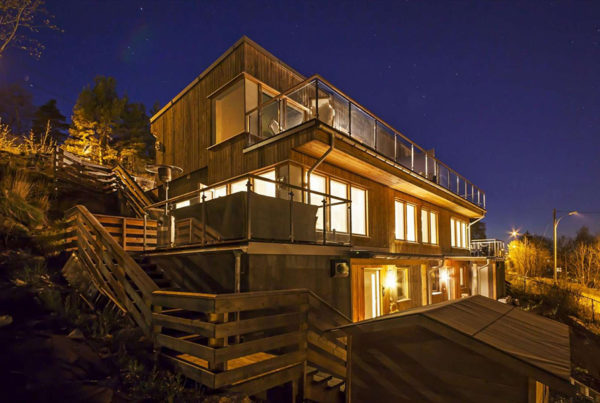People from countries like Scandinavia, North America, Japan, New Zealand, Australia live in timber frame houses, which leaves only 30% of the developed world where timber frames can and most probably will become a number one choice. The United States and Canada use the timber frame method for 90 percent of their low-rise constructions. We have been noticing a rising number of clients from other countries (France, Great Britain), where timber frame did not use to be a traditional way of building. Also, we noticed that some still believe in Timber Frame Myths that are debunked by contemporary material availabilities and new technologies.
What made frame houses the main choice when building housing in many parts of the developed world? Timber Frame houses when built with offsite manufactured elements are build-up very quickly compared to traditional construction. Endless design choices and cladding options, ecology, cost-efficiency, and durability are only a few advantages of timber frame construction.
How does the timber frame house look? Traditional timber frames used to look very aged which today is thought to be more suitable for villages rather than modern cities. However, with improving technology and limitless design possibilities, timber frame allows for various forms and complexities, modern cladding (render, cement board, stone), flat roofs, etc. We can also offer modern-looking weatherboards and exterior solutions that allow timber frame houses nothing less than contemporary and unique.
What makes frame houses special? Timber frame houses are energy efficient. When designed and built properly – achieves great U values and airtightness. Well-treated wood requires low maintenance. Frame constructions are solid, resistant, durable, and rigid. The ecological benefits are obvious. Wood is a natural, health-friendly organic raw material, that creates pleasant aesthetics and provides long-term savings.
Due to its excellent properties and durability, timber frame is widely used for residential houses and apartment buildings, hotels, sports complexes, offices, and schools.

